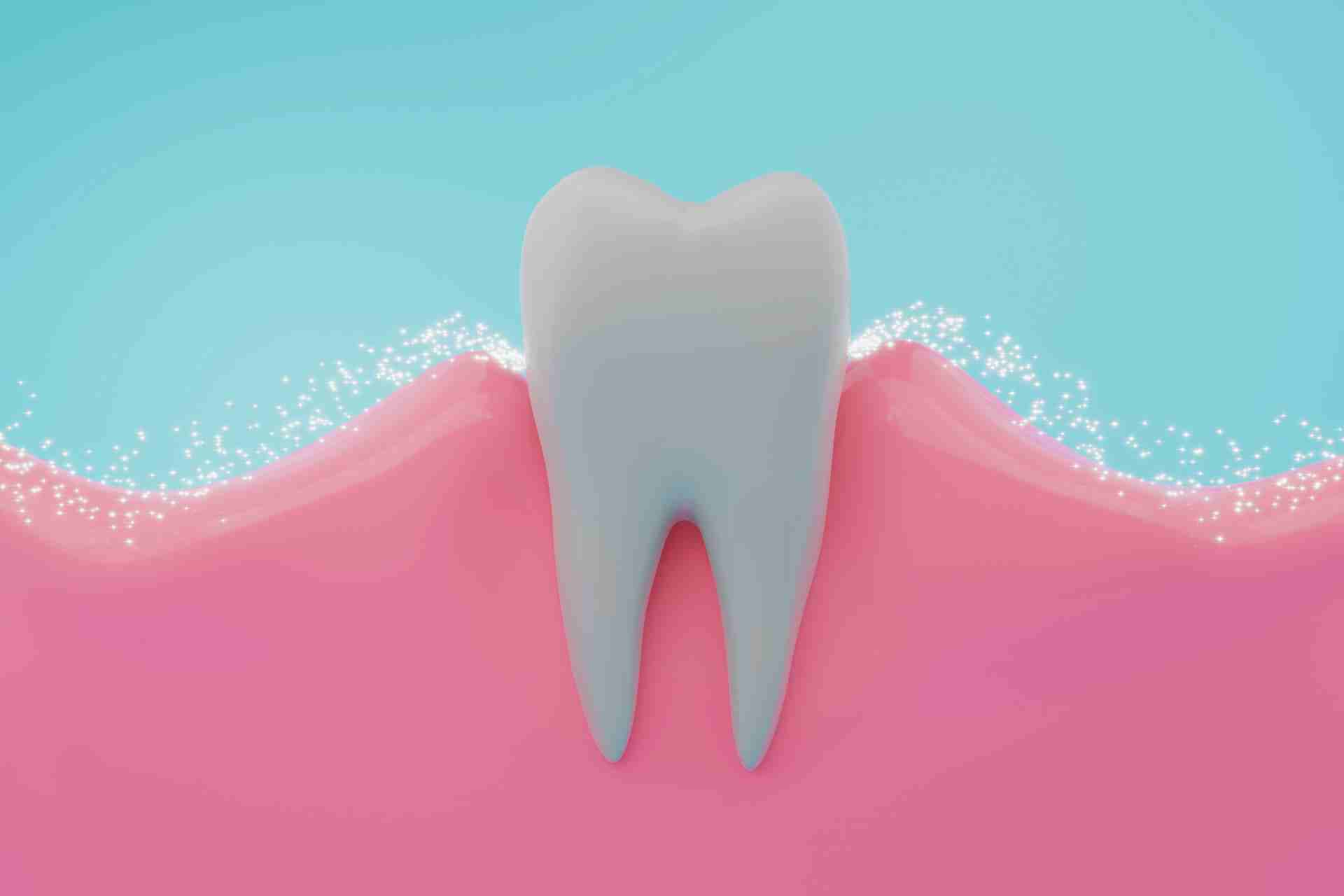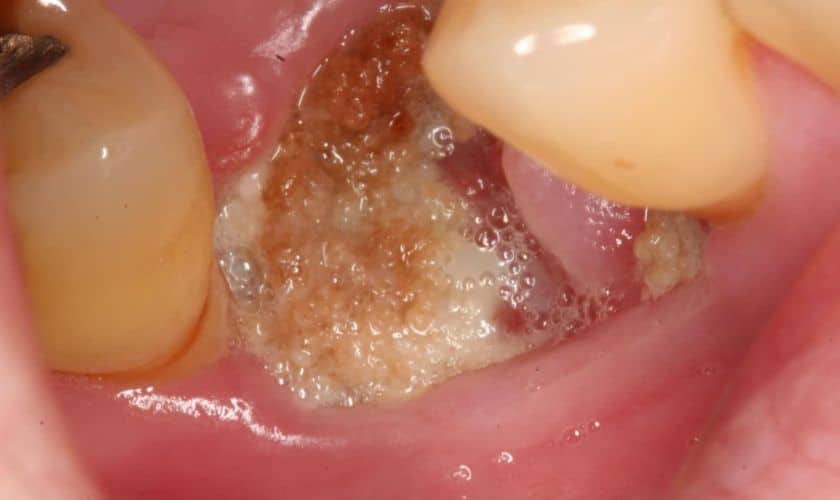What Is Operculum Gum Flap? Symptoms And Treatment

The operculum gum flap, also known as the operculum, is a condition where a piece of gum tissue covers the chewing surface of a partially erupted tooth, typically a molar. This flap of tissue can cause discomfort, pain, and difficulty chewing, making it a concern for dental health. In this article, we will delve into the symptoms, causes, and treatment options for the operculum gum flap, providing you with a comprehensive understanding of this condition.
Symptoms of Operculum Gum Flap
The symptoms of an operculum gum flap can vary in severity, but common signs include:
- Pain and discomfort: The gum flap can rub against the tooth or surrounding tissue, causing irritation and pain, especially when chewing or touching the area.
- Swelling and inflammation: The gum tissue may become red, swollen, and tender to the touch, making it uncomfortable to eat or speak.
- Difficulty chewing: The operculum can interfere with the proper chewing surface of the tooth, leading to difficulty eating certain foods or experiencing pain while chewing.
- Bad breath: The trapped bacteria and debris under the gum flap can cause halitosis (bad breath).
- Gum bleeding: The inflamed gum tissue may bleed easily, especially when brushing or flossing.
Causes of Operculum Gum Flap
The operculum gum flap typically occurs when a tooth, usually a molar, is partially erupted or impacted. This can be due to various reasons, including:
- Impacted teeth: When a tooth doesn’t have enough space to erupt properly, it can become impacted, leading to the formation of an operculum.
- Poor oral hygiene: Inadequate brushing and flossing can lead to the accumulation of bacteria and debris, causing inflammation and the development of an operculum.
- Genetic predisposition: Some people may be more prone to developing an operculum due to their genetic makeup.
- Hormonal changes: Hormonal fluctuations during pregnancy, puberty, or menopause can affect gum health and increase the risk of developing an operculum.
Treatment Options for Operculum Gum Flap
Treatment for an operculum gum flap depends on the severity of the condition and the individual’s overall oral health. The following options are available:
- Conservative management: Mild cases may be managed with improved oral hygiene, including regular brushing, flossing, and rinsing with antibacterial mouthwash.
- Debridement: A dental professional may remove the accumulated debris and bacteria from under the gum flap to reduce inflammation and promote healing.
- Operculectomy: In more severe cases, a surgical procedure may be necessary to remove the gum flap and expose the underlying tooth.
- Extraction: If the tooth is severely impacted or decayed, extraction may be the best option.
Prevention and Maintenance
To prevent the development of an operculum gum flap, it’s essential to maintain good oral hygiene habits, including:
- Regular brushing and flossing: Remove plaque and bacteria from teeth and gums to prevent inflammation.
- Dental check-ups: Regular dental visits can help identify potential issues before they become severe.
- Proper diet: A balanced diet rich in fruits, vegetables, and whole grains can help maintain overall oral health.
In conclusion, the operculum gum flap is a condition that can cause discomfort, pain, and difficulty chewing. Understanding the symptoms, causes, and treatment options is essential for maintaining good oral health. By practicing good oral hygiene and seeking regular dental care, you can reduce the risk of developing an operculum gum flap and ensure a healthy, pain-free smile.
What are the common symptoms of an operculum gum flap?
+The common symptoms of an operculum gum flap include pain and discomfort, swelling and inflammation, difficulty chewing, bad breath, and gum bleeding.
What are the causes of an operculum gum flap?
+The causes of an operculum gum flap include impacted teeth, poor oral hygiene, genetic predisposition, and hormonal changes.
How is an operculum gum flap treated?
+Treatment options for an operculum gum flap include conservative management, debridement, operculectomy, and extraction, depending on the severity of the condition.
By following good oral hygiene practices and seeking regular dental care, you can reduce the risk of developing an operculum gum flap and maintain a healthy, pain-free smile. Remember, early detection and treatment are key to preventing complications and ensuring the best possible outcome.

